yu newspaper
Yu newspaper 2020/04/07
Rainbows beautifully drawn by key workers' children are set to be placed in the windows of police and ambulance drivers' vehicles.The works of art were made by pupils at Place Farm Primary Academy in Haverhill, Suffolk.Crews working for the East of England Ambulance Service said they were "grateful for the kind messages".
Haverhill Police
The Pyramid Of Djoser, Egypt's Oldest Pyramid, Restored To Its Former Glory

After an extensive 14-year, $6.6 million restoration, Egypt's oldest pyramid was reopened to the public on March 5, 2020. Located in the Saqqara necropolis, northwest of the city of Memphis, the Pyramid of Djoser was built 4,700 years ago as a tomb for Pharaoh Djoser, the first king of the 3rd dynasty (2650–2575 BCE). The massive pyramidal funerary complex was neglected for centuries and almost on the verge of collapse before Egyptian officials finally decided to take action in 2006 and bring it back to its former glory.
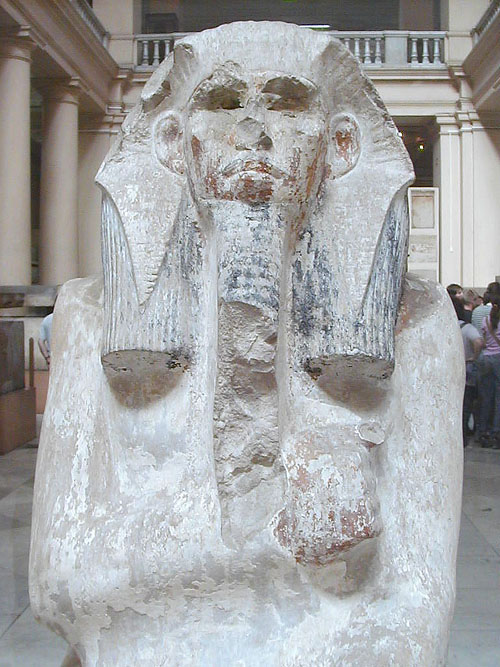
Also known as the Step Pyramid, the structure is considered a milestone in the evolution of monumental stone architecture. Designed by the pharaoh's vizier (minister), Imhotep, the majestic 204-feet (62-meters) pyramid was the tallest structure of its time and the first built largely from limestone. More importantly, it was the first royal tomb of its kind.Prior to this, kings were buried in mastaba tombs — large rectangular structures with slanted roofs built out of dried clay that rose at most 20 feet (6 meters) high. However, Imhotep, often regarded as the world's first architect, wanted a more impressive tomb for his pharaoh. He came up with the idea of creating a "gateway to heaven" by stacking six mastabas atop one another, each with a level smaller than the one beneath, to form the rectangular pyramid shape.

Similar to the mastaba tombs, the pharaoh's burial chambers lay beneath the pyramid. However, the intricate underground structure was like none other ever encountered. It comprised a 3.5-mile (5.7-kilometer) maze of tunnels and shafts, many leading to dead-end rooms, to thwart tomb robbers. Djoser's granite-carved burial chamber, which lay in the center, was accessible after navigating through narrow corridors filled with thousands of stone vessels inscribed with the names of earlier kings. While some of the chambers were reserved for members of the royal family, most were designed to house the symbolic grave goods required for the pharaoh's afterlife.The pyramid was surrounded by a sprawling 40-acre (16-hectare) complex that included a temple, courtyards, shrines, and living quarters for the priests. It was encompassed by a recessed 30-foot (10.5-meters) high wall, with 13 fake doorways to keep unwanted guests out and just one real entrance at its south side.

Little is known about Djoser, for whom this princely tomb was built. Some scholars believe he ruled for 20 years, while others argue his reign lasted more than three decades. Famine Stela, a granite-etched inscription created in 250 BC, credits the king for ending a seven-year famine in Egypt by rebuilding a temple to Khnum, the god of the source of the Nile. In return, the deity caused the dried-up river to flood, providing much-needed moisture for crops.
Yu newspaper april hool
Shimon the Robot Writes and Sings Songs
Researchers at Georgia Tech have been working to improve a musical robot called Shimon. Now Shimon doesn't simply play music, he also writes the words to his own songs - and sings them.
Scientists Want Your Photos to Track Monarchs
Scientists are worried about Western monarch butterflies and are trying to understand
why they’re struggling. To answer their questions, they’re asking people in the western US to send in any pictures of monarchs they take this spring.
Orange and black monarch butterflies are famous for their long migrations. They fly thousands of miles every year, flying north in the spring and summer, and south in the fall. Eastern monarchs fly all the way to Mexico for the winter.

Western monarchs – the subject of this article – generally cover much shorter distances than other monarchs. Western monarchs spend the winter in central California. In the spring, they fly north and east – sometimes as far as Idaho. But recently, they seem to be covering less distance than before.
In 2018, Western monarchs had a terrible year. Their numbers dropped by 86%. Last year, their numbers weren’t much better. Scientists know that the butterflies don’t seem to be flying as far as they used to, but they don’t understand why.
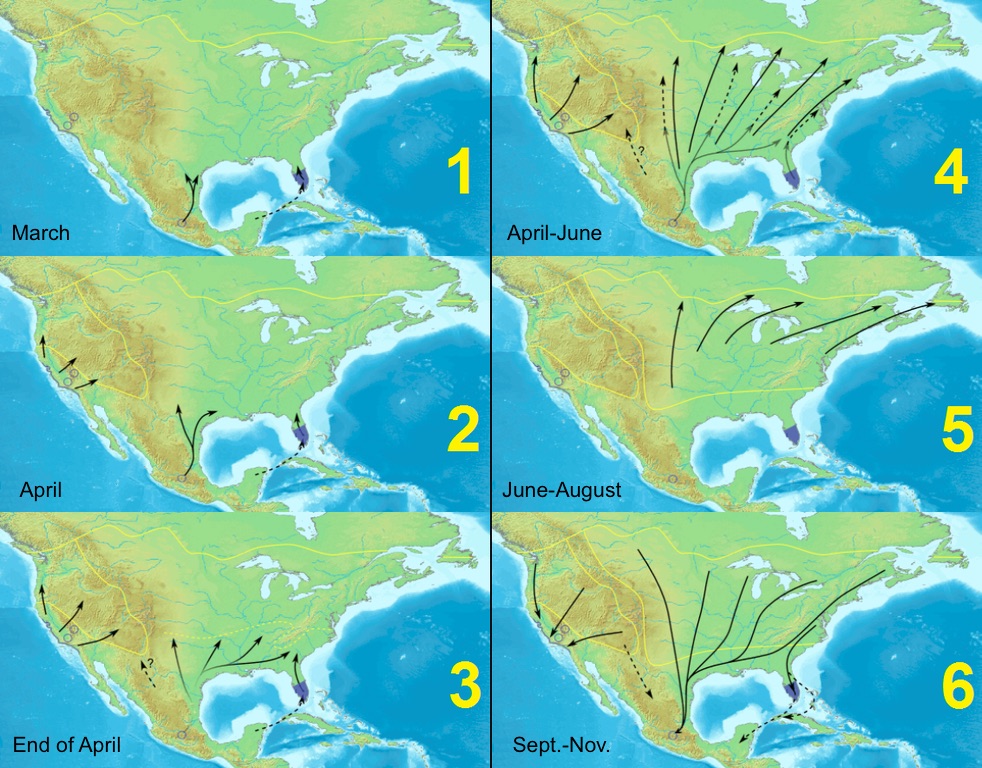
That’s why scientists from several universities are asking anyone north of Santa Barbara who sees a monarch butterfly this spring to take a picture and send it to them.
By collecting the pictures, along with the date and location where the pictures were taken, the scientists hope to learn more about what happens to the butterflies after they leave their winter homes.
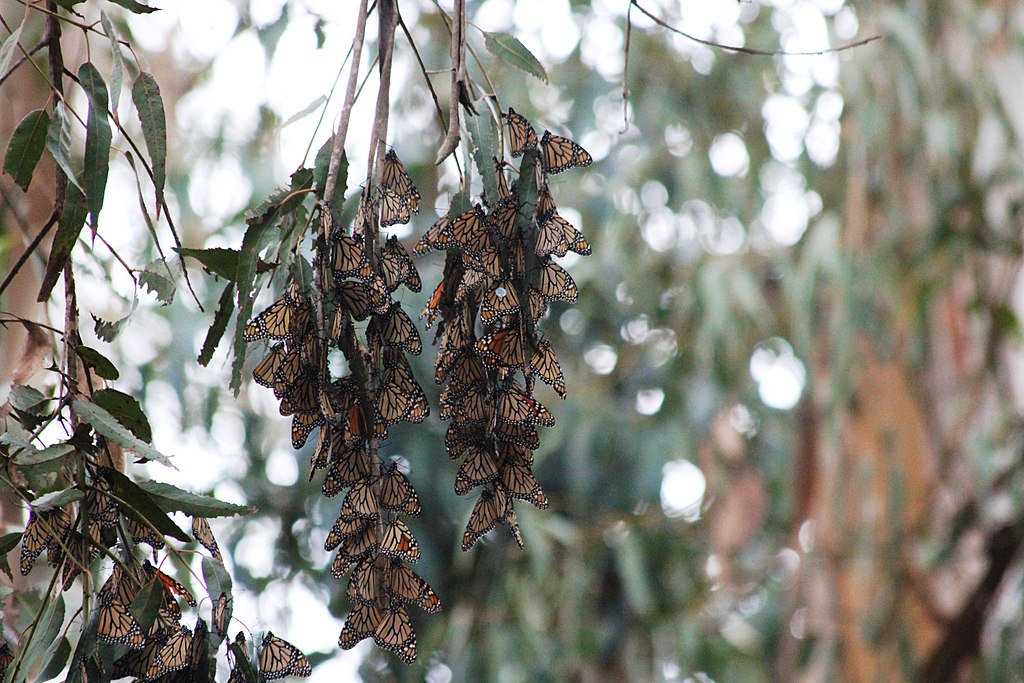
All kinds of insects around the world are more threatened than ever these days. Insect numbers are dropping for many reasons, including changes in weather patterns because of the climate crisis, dangerous chemicals used in farming, and the loss of the plants that support insects as humans take over more land.
These problems affect Western monarchs, too. For example, the places along California’s coast where the butterflies spend the winter are now about 2º Fahrenheit (1.1º Celsius) warmer in the winter than they were 20 years ago. The use of pesticides on California’s large farms and green lawns is also a problem.

Still, experts are hopeful that the monarchs can bounce back. Cheryl Schultz, a professor who is the project’s lead scientist, says, “My hope with Western monarchs is we can bring the population [numbers of butterflies] back up.”
If you’re able to take a picture of a Western monarch this spring before April 22, send the photo (along with the date, location, and species (kind of butterfly)) to: monarchmystery@wsu.edu The photos can also be uploaded with the iNaturalist app.
It’s okay if the picture is blurry or taken from far away, since the most important information is when and where the monarch was seen.
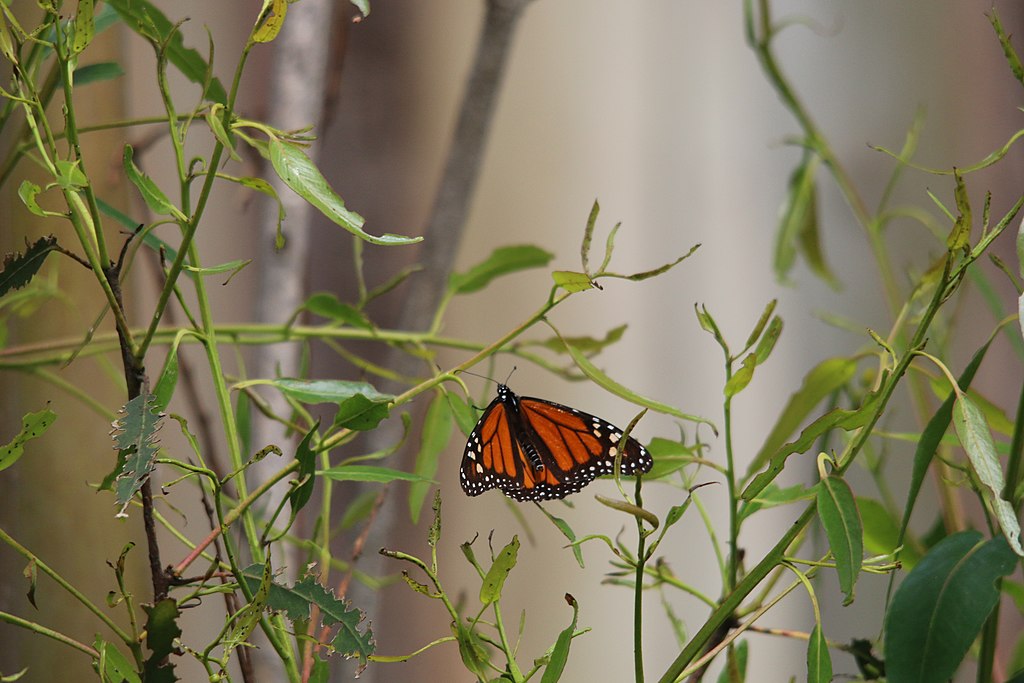
YU newspaper
YU newspaper
The group in charge of caring for Australia’s Great Barrier Reef reports that the reef is going through its third “bleaching” event in five years. Record-setting ocean temperatures are threatening the health of this important underwater environment.
The Great Barrier Reef in the Pacific Ocean is the largest coral reef in the world. It runs for over 1,400 miles (2,300 kilometers) off the northeast coast of Australia. The reef is home to thousands of different forms of underwater life.
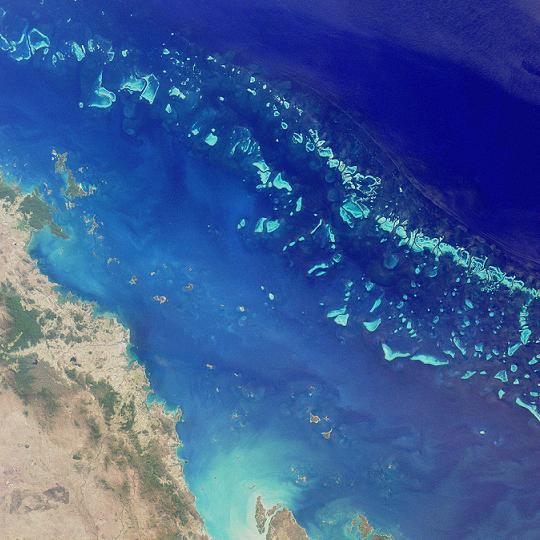
(Source: NASA, by MISR [Public domain], via Wikimedia Commons.)
As the temperature of the world’s oceans has increased in recent years, corals around the world have begun to die off. This is often called “coral bleaching” because sometimes the dying corals turn white.
The coral shapes we are used to seeing are built over a very long time by millions and millions of tiny coral animals. The large coral structures provide conditions that attract and support many other sea creatures.
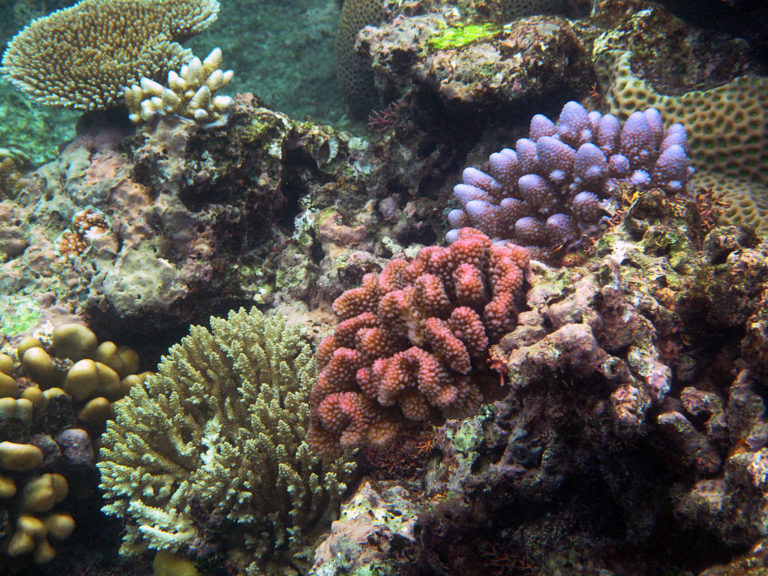
(Source: Steve Evans [CC BY], via Wikimedia Commons.)
So when corals die off, it’s not just about the corals. It’s also about the collection of creatures that live in and around them. The richness of all these different kinds of animals in the same place is very important to the health of oceans.
The Great Barrier Reef is also very important to Australia for other reasons. The tourists who visit the country every year to dive or fish on the Great Barrier Reef bring lots of money into the country and provide many jobs for the people who live there.
Most corals only grow in warm oceans. But when the oceans become too warm, the corals become stressed and have trouble adjusting to the temperatures. Though corals that have suffered bleaching can recover, if the damage is too serious, they will die.
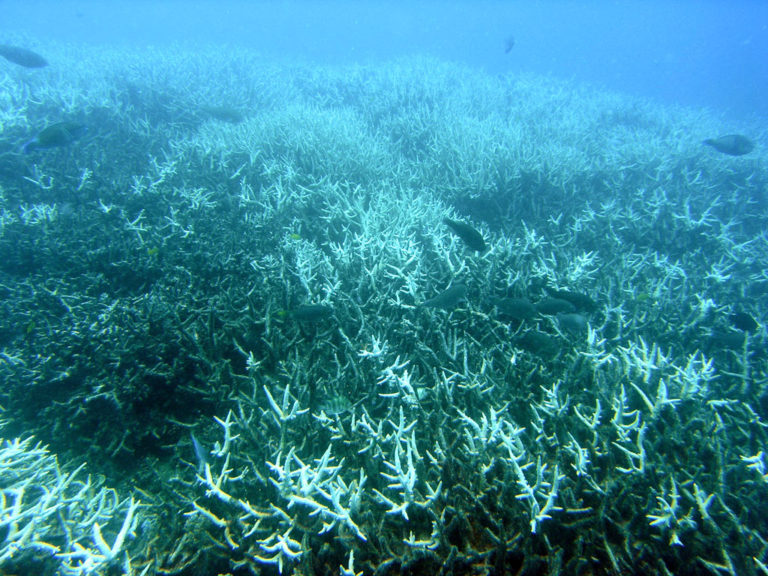
(Source: J. Roff/Acropora [CC BY-SA], via Wikimedia Commons.)
This February was the hottest month ever for the waters around the Great Barrier Reef. In some areas, ocean temperatures were as much as 5º Fahrenheit (2.8º Celsius) higher than average.
Similar bleaching events happened in 2016 and 2017, leaving large areas of the reef dead or nearly dead. Scientists worry that this third bleaching event in the last five years could make it much harder for some of the corals to bounce back.
The increased sea temperatures are part of a larger pattern in Australia, driven by global heating. Over the last year, the country has suffered from a severe drought and struggled to keep control during its worst bushfire season ever.
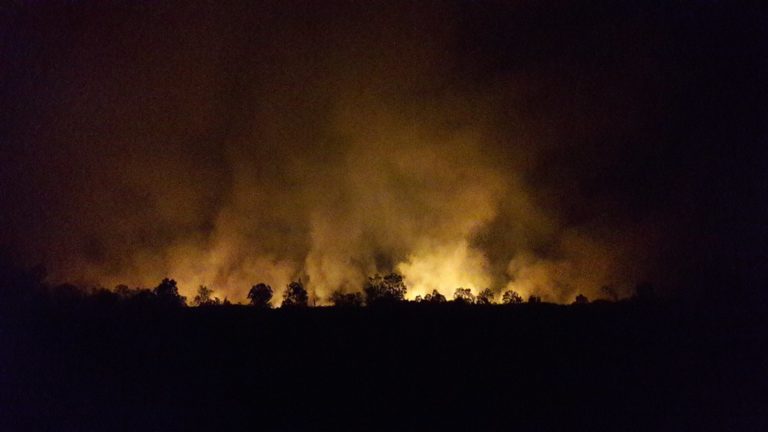
(Source: Blair Webster, Gary Danvers Collection, via Flickr.com.)
The most recent report on the reef was released by the Great Barrier Reef Marine Park Authority (GBRMPA), the government group in charge of looking after the reef. The group says that Australia is putting billions of dollars into improving the water quality in the area and trying to protect the reef from other threats.
Though local action can tackle some parts of the problem, the GBRMPA reports that the larger problem is still a global one. “Climate change remains the single greatest challenge to the Reef,” the group says.
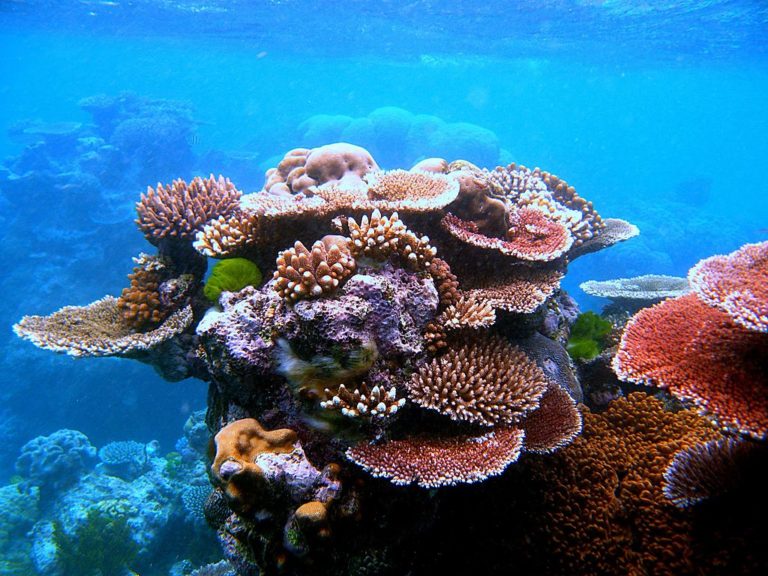
Yu newspaper 2020/03/25
YU NEWSPAPER 2020
CORONAVIRUS
Bollis Johnson got coronavirus . On the 19th of march, England started to close the schools.
But, before Bollis Johnson got Coronavirus Charles prince got coronavirus.
WHO pandemic 'accelerating': more than 300,000 new virus infections
The pandemic is "accelerating," Wednesday's Secretary General of the World Health Organization, Tedros Adanom Gebreies, said on Thursday that the pandemic of the new coronavirus exceeded 300,000 worldwide. ".
In the 67 days since the first report of the new virus, COVID-19, the number of infected people has reached 100,000. The number increased from 100,000 to 200,000 over the next 11 days, and from 200,000 to 300,000 over the next four days.
However, Tedross said that there is still the possibility of "changing trends" and called on countries to implement stringent virus testing and strategies to track the route of transmission.
Postponement of the Tokyo Olympic and Paralympic Games
Due to the worldwide spread of the new coronavirus, the Tokyo Olympics and Paralympics will be postponed for about one year for the first time in the history of the Games. In addition to operations such as fixing specific schedules and securing facilities and human resources, the Games There are many challenges in the field of competition, such as the selection of the main players.
Following the worldwide spread of the new coronavirus, the International Olympic Committee (IOC) has postponed the one-year postponement of the Tokyo Olympic and Paralympic Games agreed with President Bach and Prime Minister Abe at an extraordinary meeting on April 24. approved.
So far, players and officials have been preparing for the 2020 Games seven years ago, overcoming various difficulties. Then, preparations for the rapid pitch will be advanced again.
However, there are many issues to wait for.
First of all, on the operation side, it is necessary not only to consolidate the spread of the new coronavirus, which is a major premise of the event, but also to set a concrete schedule as soon as possible.
It is also a challenge to secure facilities and human resources that are closely related to the schedule, handle tickets and athlete villages, and how much the increase in tournament expenses due to postponement can be suppressed.
On the other hand, there are many issues related to the players who play the main role in the tournament.
Athletes will be forced to review how to handle the national selection system, including the treatment of athletes who have already been nominated as representatives, and review the strengthening strategy that has peaked at the Olympics once every four years. .
Whether it can lead to the success of the Tokyo Games, which was postponed for the first time in history, or have no experience for everyone involved, including the IOC, the International Paralympic Committee, the Games Organizing Committee, their respective sports organizations and athletes. The year begins.
The tournament management
If the Tokyo Olympics and Paralympics are to be held by the summer of next year, there are a number of difficult issues in the operation of the Games.
The main challenges are the convergence of the spread of the new coronavirus, the schedule, the availability of facilities and personnel, the handling of tickets and athletes' villages, and the cost of the tournament.
Convergence of new coronavirus
A major premise is the convergence of the spread of the new coronavirus infection.
The officials of the tournament believe that the postponement of the year will not allow the corona to converge, but the postponement is reasonable, but it is uncertain how far the treatment will be established.
▽ Schedule
Determining a specific schedule is also a challenge, given the outlook for virus convergence.
If the schedule of the event is not decided, the venue and human resources will not be secured and the players will not be ready.
In the summer of next year, the international championships of the Olympic Games, such as the European Championships in Football, the World Championships in Swimming, and the World Championships in Athletics, will be overwhelmed. We are considering a schedule change.
On the other hand, there are growing concerns about the Olympics being held in mid-summer, when athletes will be exposed to the harsh heat, and it will be noticed when the Olympics will be held next summer.
Securing facilities and human resources
In preparation for the restart, it is necessary to secure facilities such as the Tokyo Big Sight, which is the base for media coverage, including 43 competition venues.
In addition, there is a possibility that it will be difficult for fourth-year college students to join the competition volunteers who have recruited 80,000 people, so it is necessary to reconsider whether to recruit again.
▽ Tickets and Athlete Village
There is also an effect on citizens.
One of them is the handling of tickets. Almost 4.48 million tickets have already been purchased in the Olympics alone, and approximately 5.80 million tickets have been purchased including "School Cooperation Tickets" for schools and children nationwide.
The Organizing Committee has stated to those who have these rights that they "want to consider ways of giving due consideration," while considering how to respond to those who are no longer visible due to schedule changes, including refunds. .
In addition, some of the Olympics in Harumi, Tokyo, which will be remodeled after the tournament and become condominiums, have already begun selling, and there is a concern that there will be a delay in moving in as early as the spring of 2023.
▽ Tournament expenses
And what is likely to be a major issue is the cost of the tournament.
The effects of resetting tournament preparations, such as the relocation of facilities mentioned above, are putting pressure on finances in various places.
Labor costs were also an issue, with the organizing committee's staff reaching 8,000 at the time of the tournament scheduled to be reduced to approximately 1100 by October after the event.
The Organizing Committee has set the total cost of the Tokyo Games including the Organizing Committee, Tokyo Metropolitan Government, and the government at ¥ 1.3 trillion, and separates it from this by ¥ 27 billion in preparation for unexpected situations. Of "expenditures," but may exceed these planned expenditures.
The candidate file for inviting the Tokyo Games includes, "If the Organizing Committee runs out of funds, the capital will make up, and if the capital is not enough, the government will make up for it." However, how to deal with the new cost burden including IOC is an issue.
The representative nominated players
For the players who will be the main players in the tournament, how to handle the national selection system, including the treatment of players who have already been hired as representatives, and for the players, a strengthening strategy that has peaked at the Olympic Games once every four years There are a lot of issues, such as the need to review the issues.
According to NHK's summary, 104 Japanese athletes have been selected as representatives by the 24th at the Olympics and 46 at the Paralympics by the 24th.
Among them, the total number of Olympic athletes was expected to be about 600, the highest ever.
This time, the postponement of the Tokyo Games by about one year was confirmed, and what should be done with the players who have already been nominated as representatives, and in the early sports, whether to recreate the selection system that was shown several years before the tournament, etc. , It is necessary to decide whether to reconsider the mechanism involved in selecting the representative players, which is fundamental to the tournament.
Players also need to rethink their reinforcement strategies.
Athletes aiming for the Olympics and Paralympics are developing strategies to meet the "peak" condition every four years.
While calculating the number of days up to the tournament, we will carefully understand which scheduled overseas and domestic tournaments to participate in and experience the actual battle, during that time, where and where the training camp will be held, what kind of training and how to train, I am going to the big stage while making a plan and correcting it sometimes.
The postponement of the Tokyo Games will require a "reshuffle" of these strategies and plans.
The Olympic and Paralympic Games, the world's best sporting event, featuring the “best players” in each country and region.
The challenge is how the postponement of the first ever tournament will affect player selection and performance.
What can we do?
The answer is easy. Wash your hands is the best.
TODAY’S QUIZ!
Do you know what this mean?
- ruderal
- epicedium
- nitid
- boggart
- pansophy
- caducity
- hirsel
- flite
- Stache
These nine words were introduced in the online version of the British newspaper The Independent, "Do you understand the most difficult words in English? (Can you guess some of the most challenging words in the English language?) ".
TODAY’S COUNTRY
BRAZIL
Brazil (Portuguese: República Federativa do Brasil), commonly known as Brazil, is a federal republic located in South America. The capital is Brasilia.
It occupies the largest area of the South American continent and shares borders with Uruguay, Argentina, Paraguay, Bolivia, Peru, Colombia, Venezuela, Guyana, Suriname, and French Guiana (that is, all South American countries except Chile and Ecuador). The Brazilian territories also include the Atlantic Ocean, the Fernando de Noronha Islands, the island of Tirandazi, Martin Vas, and the San Pedro-São Paulo archipelago. Its land area is 22.5 times that of Japan [1], about 1.1 million km2 smaller than the United States, but larger than all of Europe except Russia, and it is about twice the combined area of India, Pakistan and Bangladesh. .
It is the largest country in the South American continent and the largest territory and population in Latin America, and the fifth largest in the world. It is the only Portuguese-speaking country in the Americas and the world's largest Portuguese-speaking country. The official language is Portuguese, but Spanish is relatively common. It is the largest economy in Latin America and the seventh largest economy in the world.
In Brazil, the northern part is directly below the equator, the climate is extremely warm due to the effects of ocean currents, etc., and it has the largest population and economic scale in Latin America.
SEE YOU!!!!!!!!!
BE CAREFUL ABOUT CORONAVIRUS
yu newspaper 2020/03/29
YU NEWSPAPER 2020
CORONAVIRUS
Coronavirus: Protective gear guidance 'to be updated'
By Dr Faye Kirkland and Noel Titheradge
BBC News
- 7 hours ago
- 318
- comments
- Share this with Email
Related Topics
Image copyright
GETTY IMAGES
Image caption
World Health Organization guidelines currently recommend health staff wear a full gown and visor
Guidance for health workers on personal protective equipment is expected to be updated within two days, the BBC has been told.
There have been calls for greater clarity on PPE as frontline staff deal with coronavirus.
The NHS Confederation says staff feel "at risk" of contracting Covid-19 unless they wear PPE for all patients.
Documents also show NHS Supply Chain "hasn't been able to manage" delivery of the items, such as masks, to them.
The Department of Health has not yet confirmed the guidance will be updated.
But the prime minister said on Wednesday that he had been "assured" stocks of PPE were on the way to NHS staff, and the Army had distributed 7.5 million pieces of equipment in 24 hours.
- A SIMPLE GUIDE: What are the symptoms?
- AVOIDING CONTACT: Should I self-isolate?
- MAPS AND CHARTS: Visual guide to the outbreak
Health authorities across the UK say PPE - which also includes items such as gloves and gowns - should only be worn if patients have suspected symptoms or have been diagnosed with coronavirus.
Two GPs who say they have coronavirus symptoms have told the BBC they believe they contracted the virus while seeing patients.
Dr Claire Taylor, is self isolating at home with shortness of breath, a cough and a fever.
"I saw patients that were not seen as high risk and yet I've picked up Covid," she said.
"We need all medical professionals to be given proper personal protection when they're face-to-face with any patient. I feel very strongly about this."
Image caption
Dr Claire Taylor believes she contracted coronavirus while working at her GP surgery
One GP recently treated a man with a head injury at her north London practice "who appeared to be intoxicated, and was bleeding from his head". She said he had no cough and no fever and was sent to hospital.
He later tested positive for the coronavirus. The GP now has symptoms but has not been tested herself.
Many frontline staff are "really, really scared", according to Ruth Rankine, director of primary care at NHS Confederation, the body representing health service trusts.
"When they go in and see a patient... even though they're not displaying symptoms, they may still have the virus", she said.
"We are seeing increasing numbers of the primary care workforce going off sick as a result."
On Wednesday, the Royal College of General Practitioners (RCGP) wrote to Health Secretary Matt Hancock to ask if GPs should wear it for all face-to-face consultations.
It said patients with the virus but no symptoms could still infect staff.
The BBC has obtained documents showing the guidance on PPE is expected to be updated.
TODAY’S QUIZ!!!
Question 1.
The elderly have got on the bus.
I have heavy luggage.
However, no one reserves a seat. I wonder why?
Question 2.
The elevator for 10 people broke down and fell from the 10th floor.
But no one was injured. I wonder why?
Question 3.
Pander prepared candles, newspapers and tree branches for barbecue.
But there is only one match.
Why should pander start a fire?
Q4.
I lit five candles.
The wind blew and the three candles were extinguished.
How many candles remain until the next day?
Question 5.
I went shopping at the department store and dumped the trash in the trash.
However, it has been offended by a clerk.
Why did it happen?
Yu newspaper 2020/03/31
YU NEWSPAPER
Drones have played dodgeball
Drones have come a long way since their first iteration, which was unsteerable and lifted a mere two feet off the ground during its first flight, was unveiled by French inventor brothers Jacques and Louis Bréguet in 1907. Modern-day quadcopters can be programmed to fly autonomously at high altitudes for long distances, swim underwater, and now, thanks to some University of Zurich researchers, even play dodgeball!
___
2020 Underwater Photography Contest Winners
The Underwater Photographer of the Year is a yearly contest based in the United Kingdom. As you might expect, the focus is on photos taken underwater, whether in the ocean, in lakes or rivers, or even swimming pools.
Though the first Underwater Photographer of the Year award was given out in 1965, the current contest didn’t really start until 2015. Every year since then, thousands of photographers from around the world have entered stunning pictures taken underwater.
The pictures are judged in several different categories. This year’s contest had over 5,500 entries from 70 different countries.
Earth Hour Goes Digital
Yesterday, millions of people around the world turned their lights off for “Earth Hour”, an event meant to remind people of how important climate action is. Because of the coronavirus, this year’s event was marked online.
Earth Hour is held once a year, on the last Saturday of March. To take part in the event, people turn their lights off for an hour between 8:30 and 9:30 at night.
